Thank you to HALO Sleep for sponsoring today’s post. As always, all opinions are my completely my own. Thanks for supporting the brands we love!
Let’s talk about sleep…
When I first had Charlotte, I struggled with sleep deprivation like no other. She had the worst reflux when she was an infant, and I had no idea what I was doing in regards to motherhood, but I knew I had to figure something out as fast as I could or we would all go nuts. I read every book about baby sleep, and at five months olds, we transitioned from bassinest to crib, sleep trained her, and swaddled her with a HALO SleepSack Swaddle, following all the rules word for word. From that point on, she was my magic sleeper. She would take her naps like the schedules told me she should, and she would sleep 12 hours a night. It was fantastic! But then she turned four.
Four has been a whole new ballgame. With a new baby in the next room, sleep became a tricky thing again. However this time, sleep wasn’t a problem for my baby, it was a problem for my toddler/preschooler. For the past six months, we’ve been trying to figure out what has changed and shifted and how we can make it better. This age has brought about a sleep regression that rivals the worst of the worst. Now she needs us to lay in bed with her until she falls asleep, wakes up in the middle of the night, walks out of her room, and walks straight into our bed.
Age Four & Fear
So what gives? After a ton of research, I have come to the realization that age four is the year that fear has entered the picture for her. The preschool and early elementary years (anywhere from age 3 to 6) are often plagued with heightened anxieties, nightmares, night terrors, and other insecurities. If you’ve gone through this with your child, you probably have felt at any given point of time that you’re totally failing as a parent. You are not alone!
Typically, fear is a completely normal stage of development, a good sign of cognitive growth. It’s the stage when children start to realize that there’s a big unknown world out there, and that it’s not always a safe place, causing a great deal of uneasiness. It’s also the time when our children realize that we, their parents, aren’t always the superheroes they have always believed us to be. We have to regain their trust and reassure them that we’re here to help them through life every step of the way.
Regression is part of this stage, so it’s no wonder that sleep regression becomes a problem.
Ways to Help Your Child Cope
You know your child better than anyone else, so it’s up to you as a parent to help your kids through this uncomfortable stage. There is no one-size-fits-all cure, but we can definitely do our best to help them cope. Here a few tips:
- Acknowledge your child’s fear. We all have fears; it’s completely normal. Now your child has them, too. Work together to find a solution to make him or her feel safe again.
- If your child has a new fear that he or she expresses to you, don’t dismiss it. If she thinks there are monsters under her bed, don’t just say, “Monsters aren’t real.” Remember, this is the age where they start realizing we aren’t all-knowing and all-powerful. Together with your child, come up with a silly way to get rid of the “monsters.” Whatever the fear may be, take your child seriously, but come up with silly solutions to get rid of the fear forever. Spray the monsters away with a water bottle or role play and pretend to be a monster who is scared of your little one. It may seem silly, but this will help your child learn coping skills and gain the confidence they have lost.
- Focus on encouraging your child on what they can do, and avoid phrases like, “You’re a big girl now!” or “You’re not a baby anymore.” Encouraging words are huge for this phase. “I know you can do it. I’m here if you need me.” Our babies need reassurance that we are here to help them and that they can trust us.
- Regression happens. Instead of punishing, ridiculing, or bribing, offer encouragement instead. Your child is regressing to a time when they felt safe and secure. Offer comfort to let your child know you are there for her and that she can trust you to meet her safety needs. Set boundaries and provide lots of guidance, yes, but punishment will often set them back even more. (This was a huge lesson for me!)
- Just listen. We often demand so much from our kids and forget that they are in fact a CHILD. Growing up is tough stuff, so spending quality time with your little one with no distractions goes a long way and often soothes his or her fears of being alone or abandoned.
A New Nighttime Routine
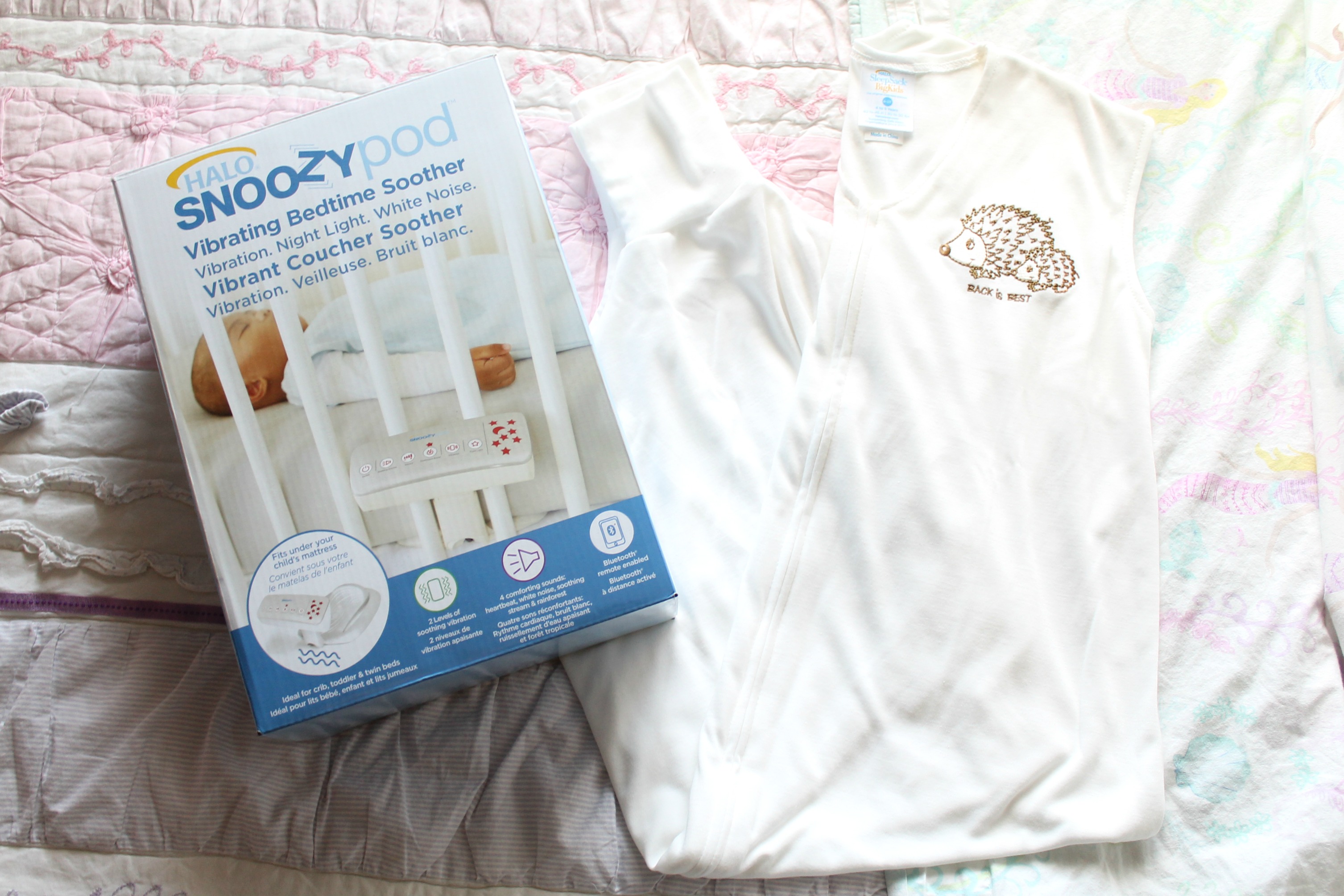
Because of this new stage of fear, sleep has changed a ton for Charlotte. We now have a new routine and a new sleeping gadget to help Charlotte feel safe and secure so she can sleep better (and stay in her own bed!). Here’s a glimpse at our new nighttime routine:
- Put on pajamas and HALO SleepSack for Big Kids.
- Brush teeth & comb hair.
- Get in bed and turn on the HALO® SnoozyPod®.
- Read a book.
- Talk about the day.
- Say prayers and then lay together for a little while.
Our nighttime routine has certainly changed a lot since she was a baby, but it’s a new phase that we’re getting through together. Charlotte needs an extra dose of TLC, and that’s okay. I’m thankful for books and devices that are available to help me calm her newfound fear and anxiety.
The HALO® SnoozyPod®
Speaking of new gadgets that help calm her nighttime fears, Charlotte is loving the new HALO® SnoozyPod®. It is a vibrating, all-in-one bedtime soother, the first device to combine sounds and lights with vibration to gently lull infants and toddlers to their best sleep.
The SnoozyPod is designed to fit most cribs, toddler and bunk beds. It’s built with a calming vibration, soothing nature and womb white noise sounds. plus a starry-night projection light to create the perfect environment to help your child fall and stay asleep.
Charlotte loves the starry-night projection from the SnoozyPod, and she loves being able to press the buttons herself. I love the projection light because it uses a soft amber LED light. Research shows amber light does not interrupt our body’s circadian rhythm. And with sleep already an issue at this stage, other night lights would only exacerbate the problem. Charlotte feels safe with the stars and moons on her wall, and I love that it has a self timer.

The SnoozyPod is also Bluetooth enabled, so I can turn on the vibrations, sound, or night light from anywhere in my home, without risking waking her up by entering her room (this is also perfect to use for transitioning your baby from bassinet to crib).
The soothing nature sounds (or womb sounds for baby) can be played for 30-minutes, or set to play all night long to drown out noises outside the room. You can plug it in using the AC adaptor or use the back up battery option, convenient for traveling or power outages.
The SnoozyPod fits snuggly under the mattress leaving a safe, flat, firm surface. And most important to HALO’s safe sleep mission; when a baby is happy and comfortable in her bed, she’s most likely to stay in the safest place for her, her own bed.
For more safe sleep tips, you can check out our last post with HALO about safe sleeping. Be sure to follow HALO Sleep to stay up to date on their innovative products to help parents!
Facebook
Instagram
Twitter
Pinterest
YouTube (see the video of the product in use!)
Cheers to a good night’s sleep!
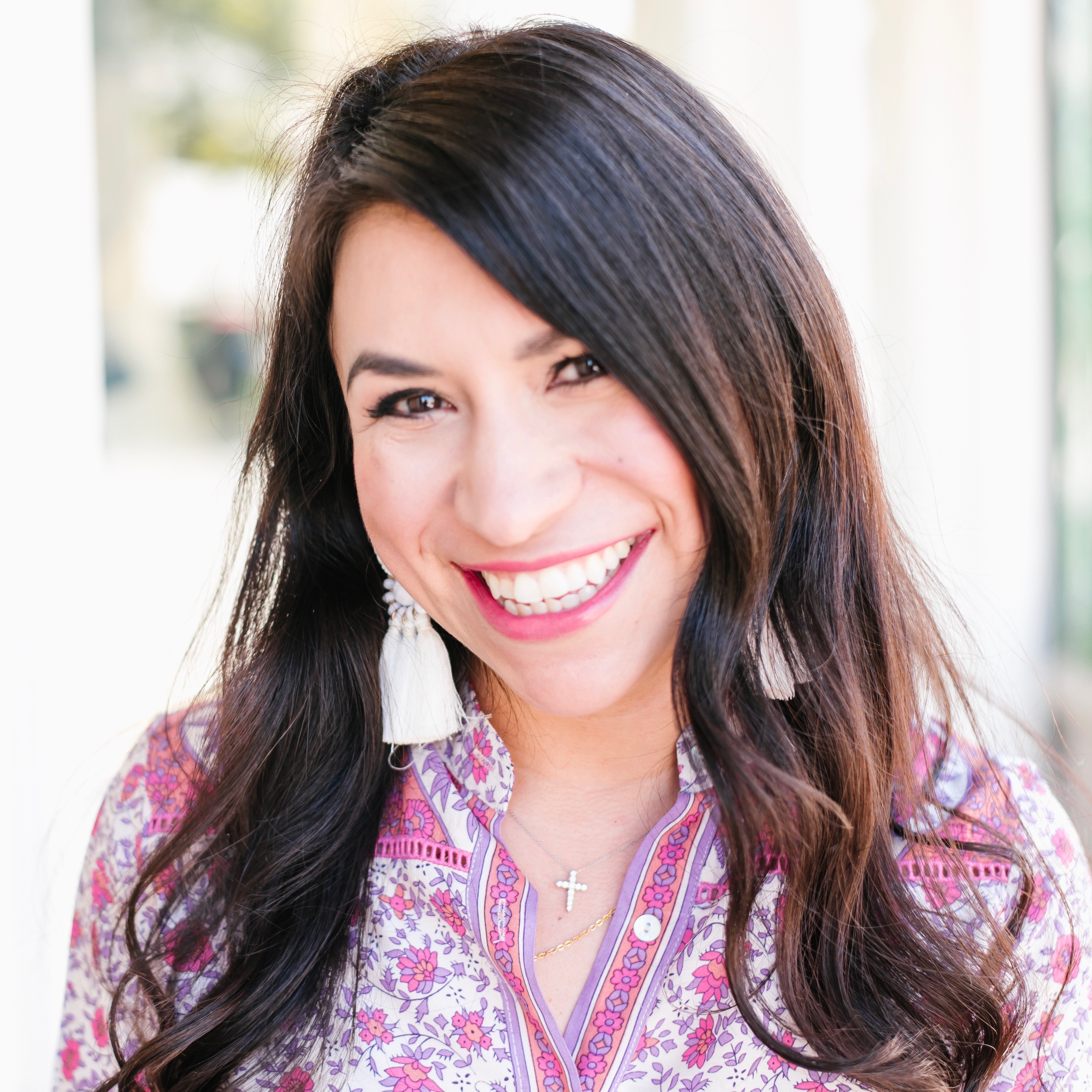
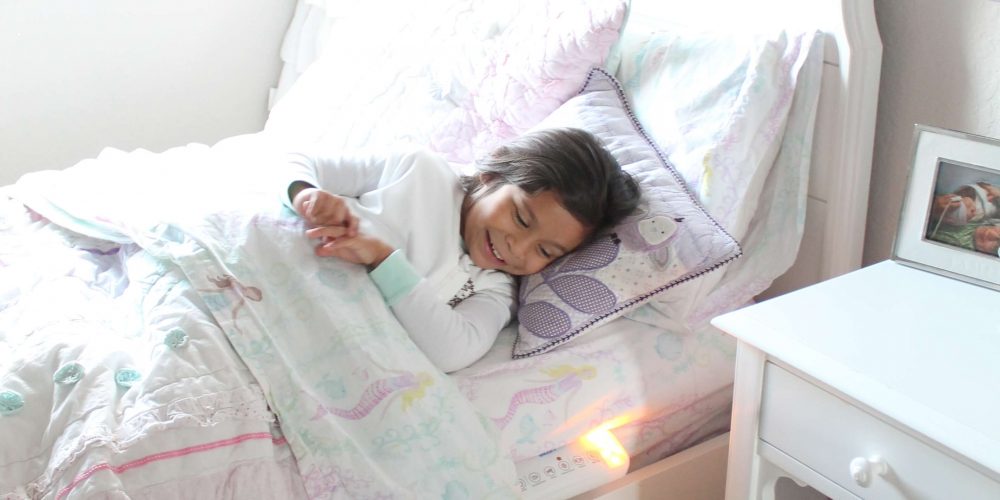
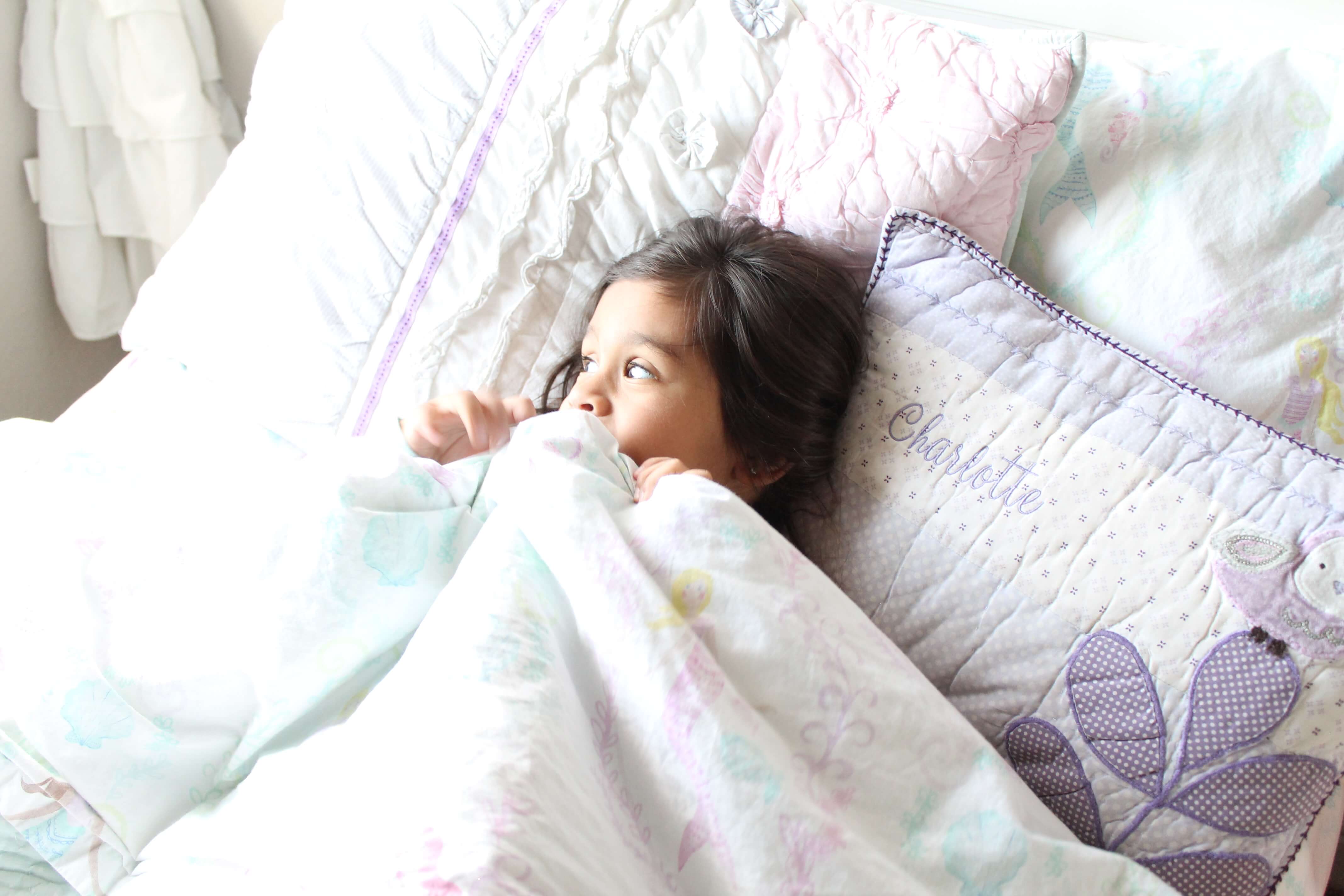
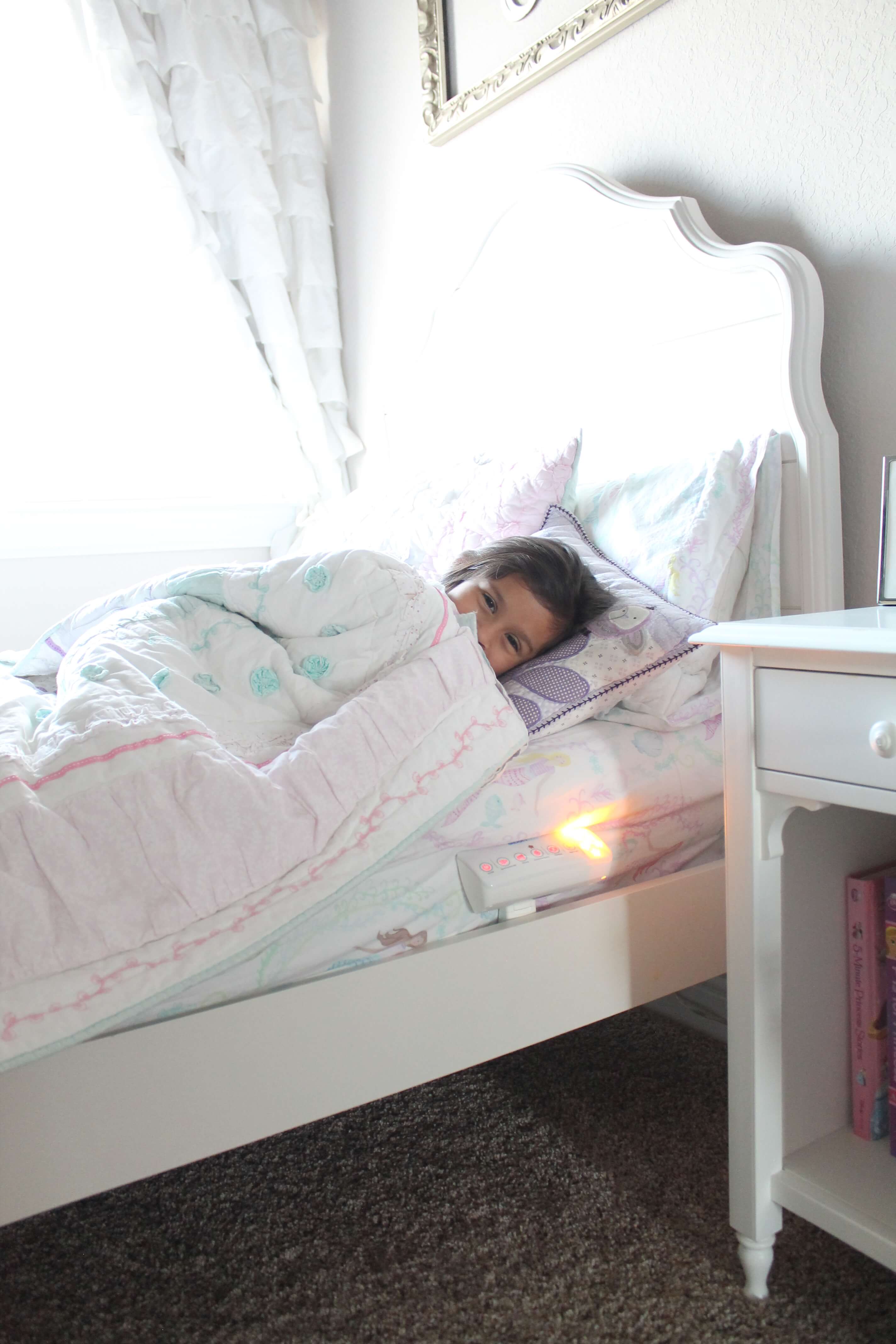
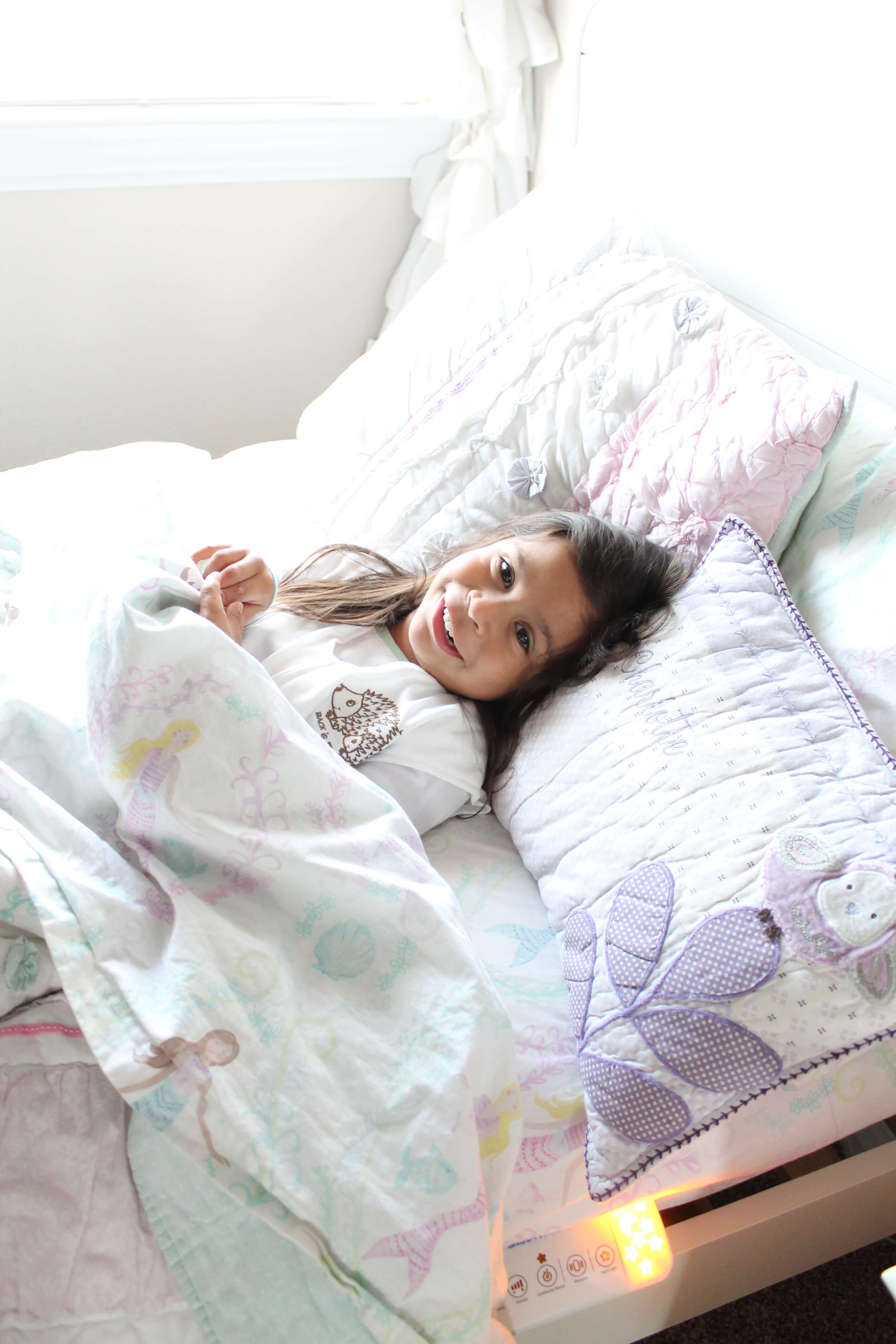
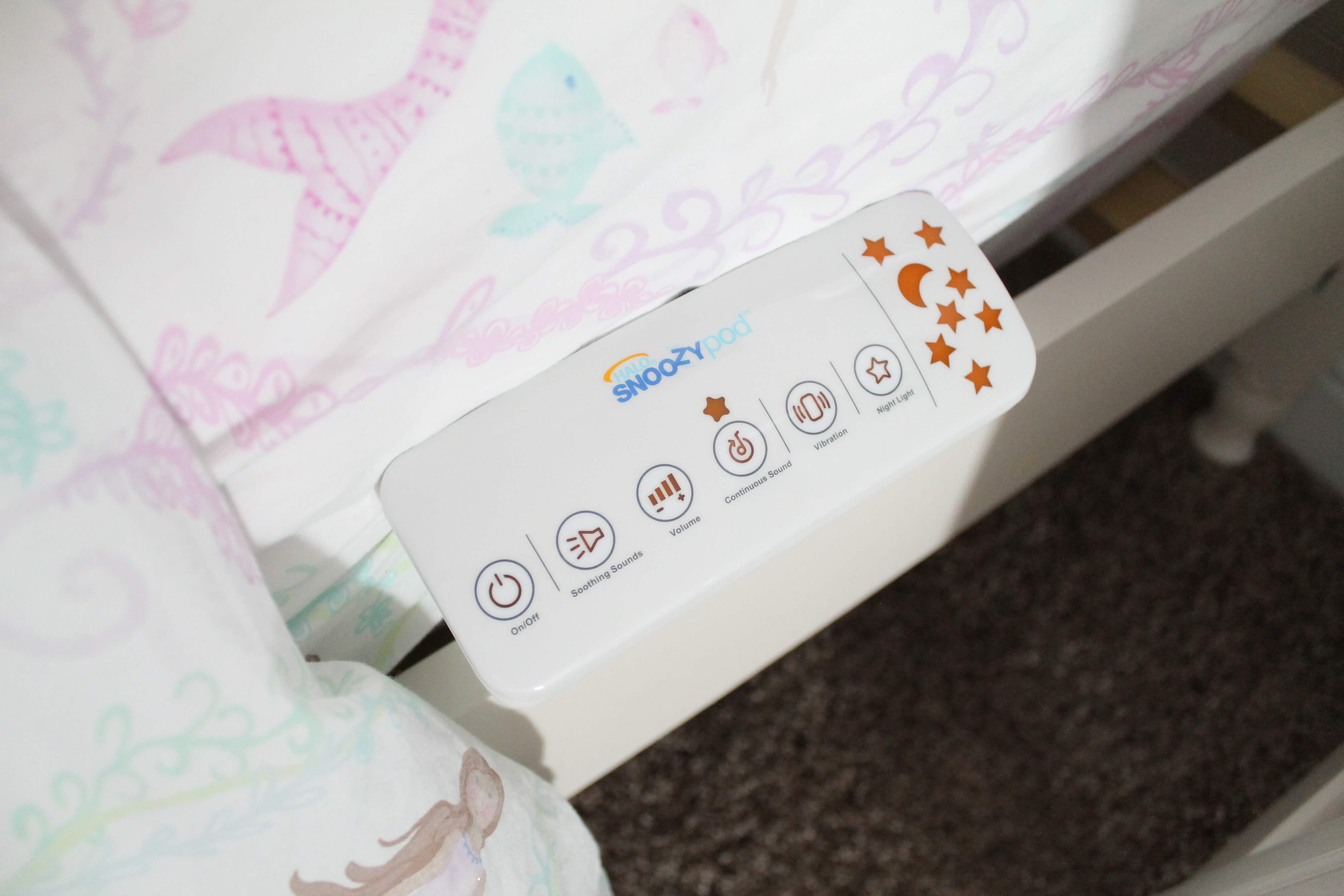
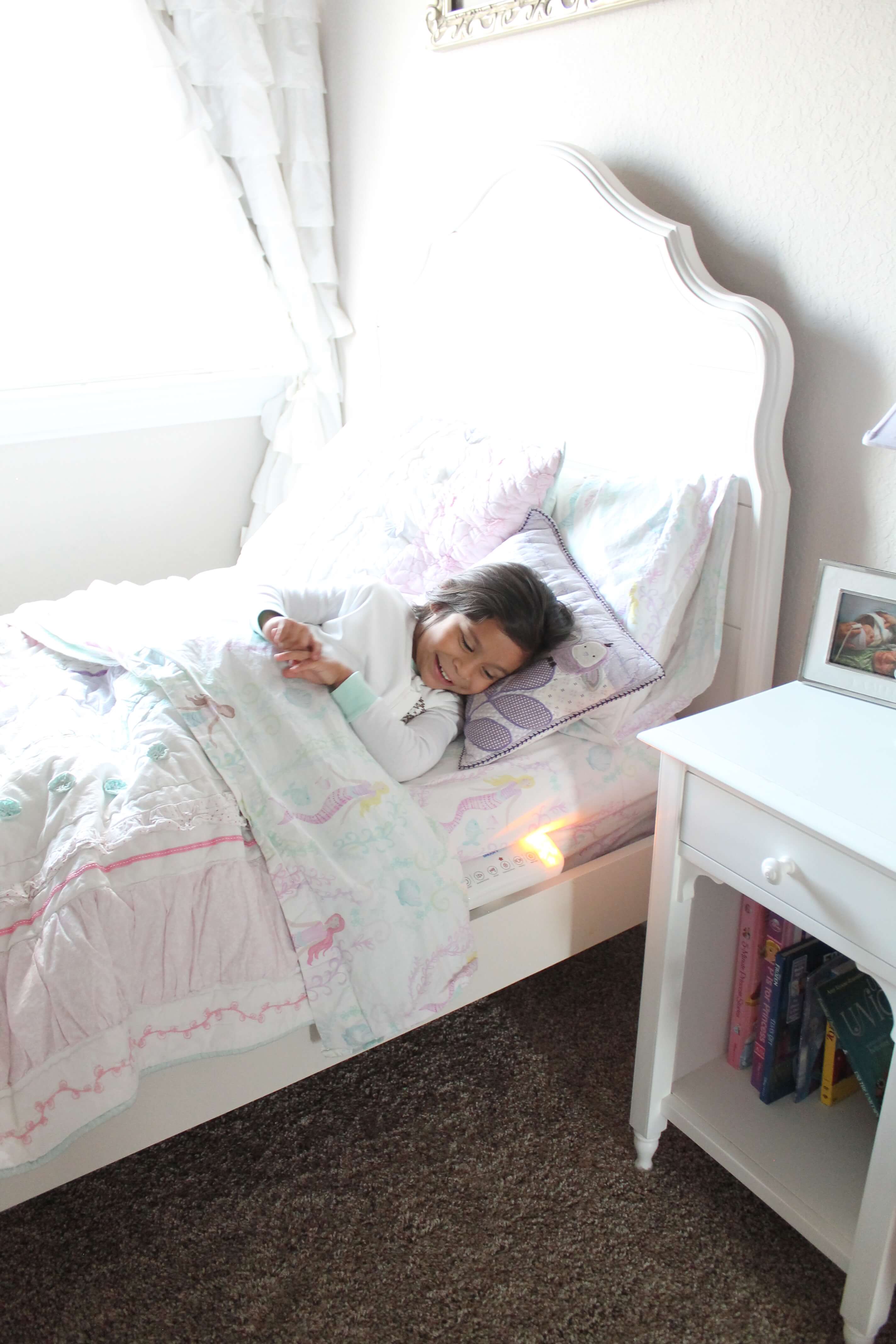

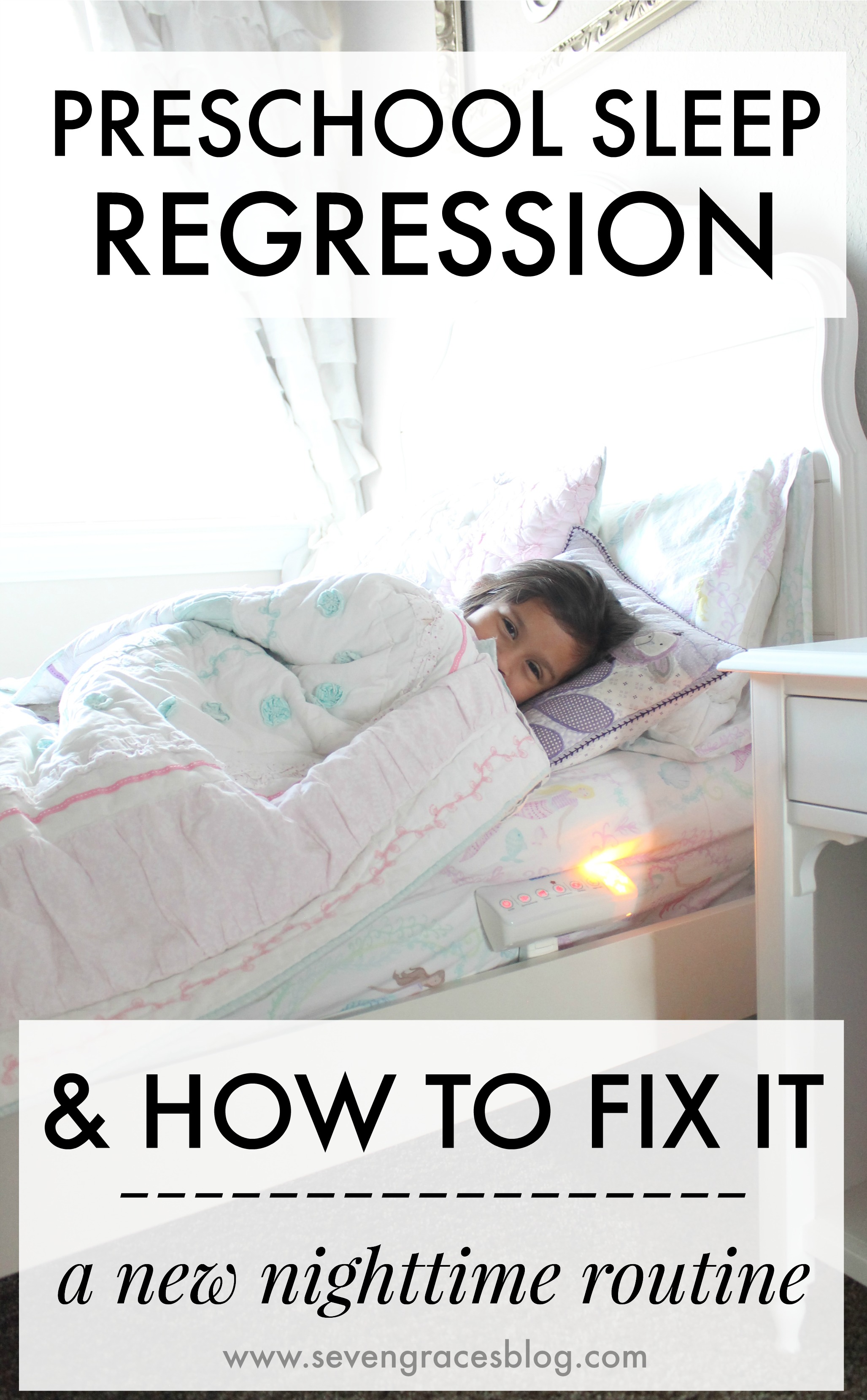
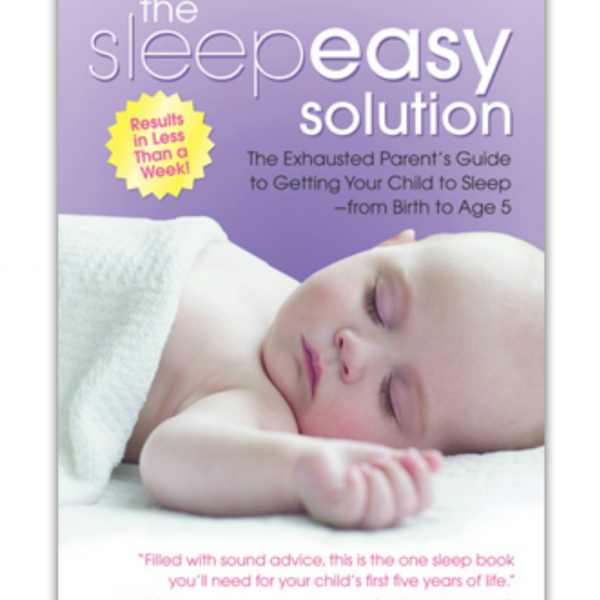
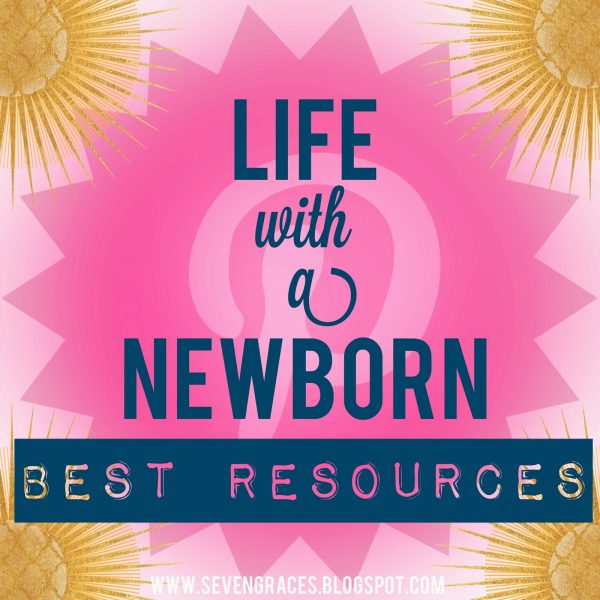
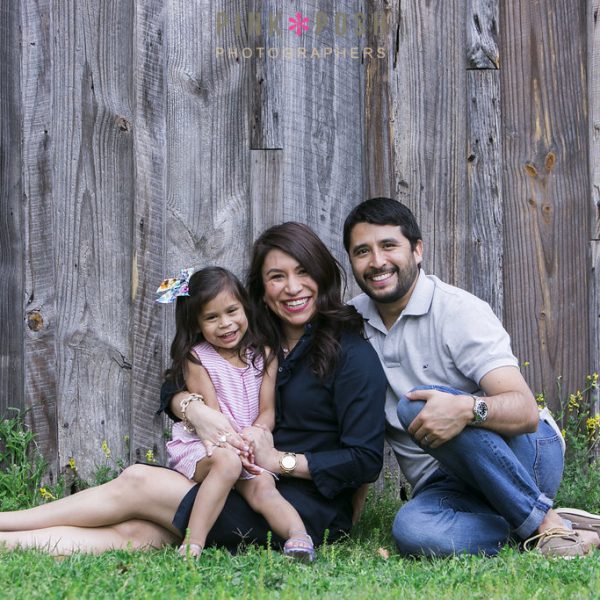

Wow, this is such a great idea. Preschool sleep regression is a real thing! Anything we can do to help our kiddos is worth it (plus – sleep for us!)